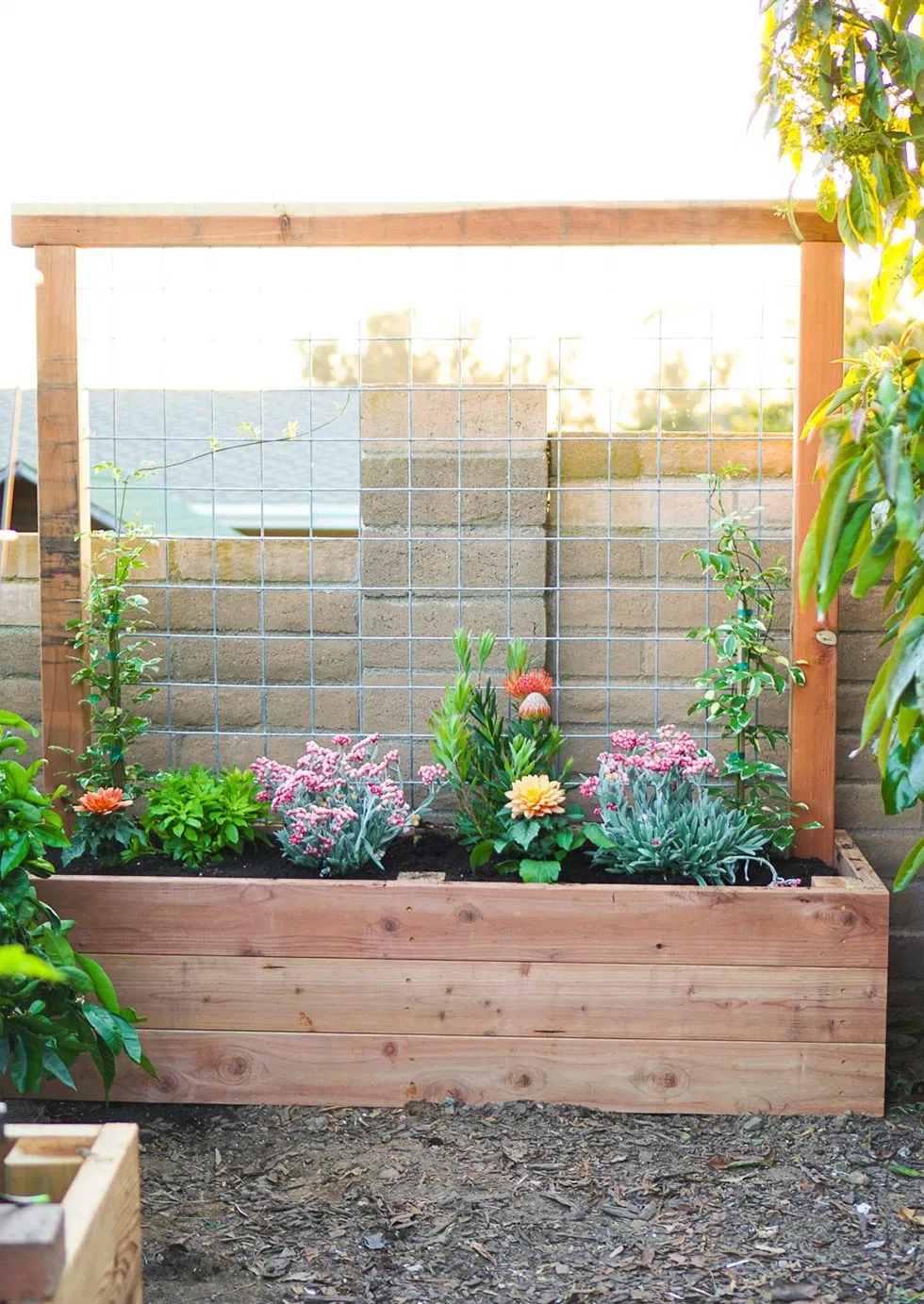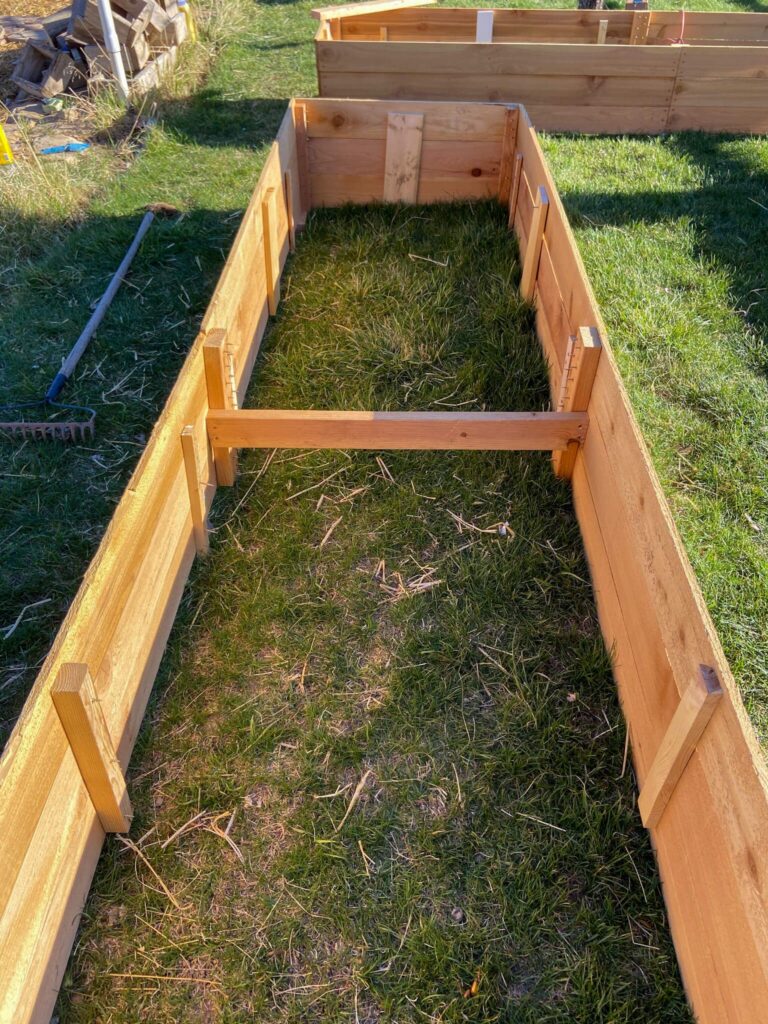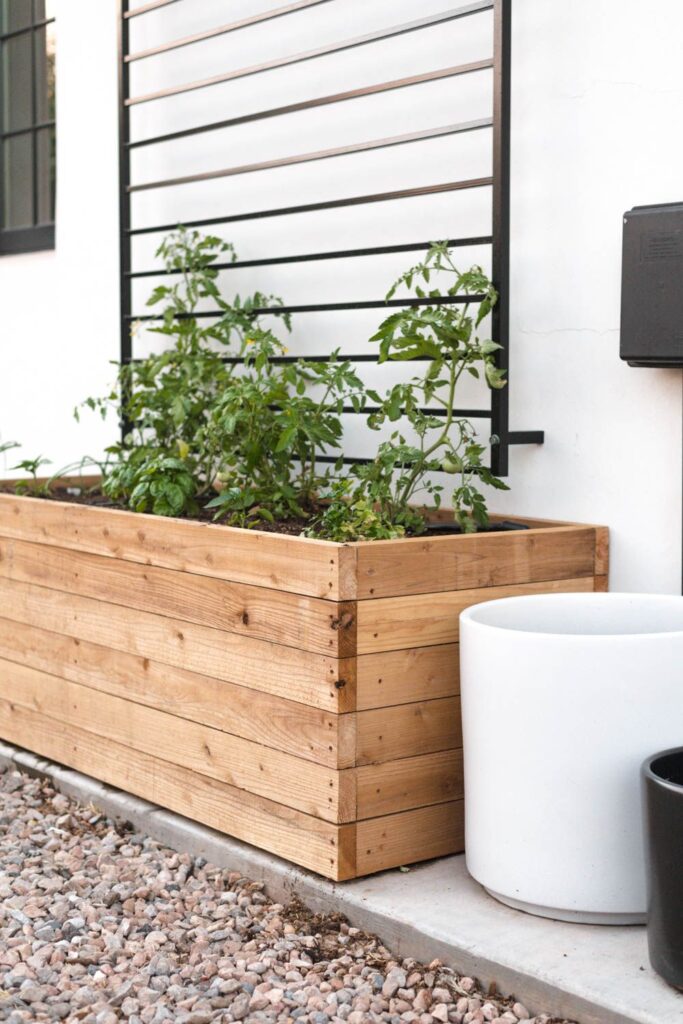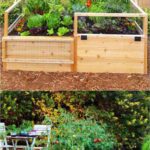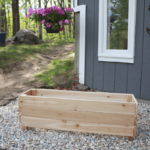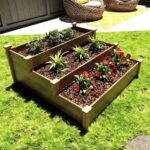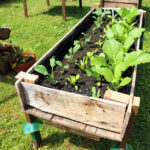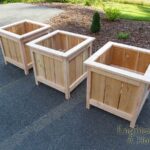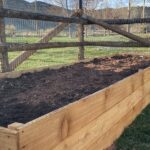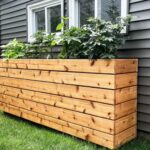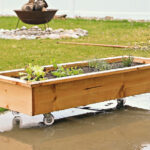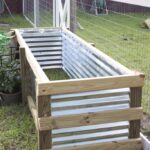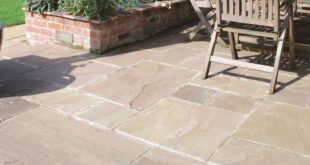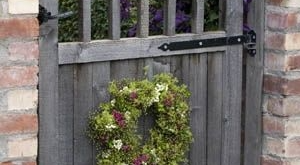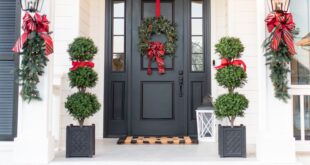Garden planter boxes are a popular and stylish way to add color and greenery to any outdoor space. Whether you have a small balcony or a large backyard, planter boxes are a versatile and customizable option for growing flowers, herbs, and vegetables. While there are many pre-made options available for purchase, making your own DIY planter boxes can be a fun and rewarding project that allows you to personalize the size, shape, and design to suit your needs.
One of the biggest advantages of DIY garden planter boxes is the ability to choose the materials that best fit your style and budget. Common materials for planter boxes include wood, metal, and plastic. Wood is a popular choice for its natural look and versatility, while metal and plastic are durable options that can withstand the elements. Depending on your preference, you can use reclaimed wood for a rustic look or opt for cedar or redwood for a more polished finish.
When designing your planter boxes, it’s important to consider the size and placement of the boxes to ensure they provide adequate space for your plants to grow. Planter boxes should be at least 12 inches deep to accommodate most root systems, and the width can vary depending on the types of plants you want to grow. Additionally, make sure to drill drainage holes in the bottom of the boxes to prevent water from pooling and causing root rot.
Assembling DIY planter boxes is a relatively simple process that requires basic carpentry skills and tools. Begin by cutting the wood to the desired dimensions for the sides, bottom, and optional trim of the planter box. Use a drill and screws to attach the sides to the bottom, making sure to reinforce the corners for stability. You can also add a finishing touch by painting or staining the planter box to match your outdoor decor.
Once your planter boxes are assembled, it’s time to fill them with soil and plant your favorite flowers, herbs, or vegetables. Be sure to choose plants that are suitable for the amount of sunlight and water the location receives, and consider adding a layer of mulch to help retain moisture. Regular watering and occasional fertilizing will help your plants thrive in their new home, and don’t forget to trim and deadhead as needed to promote healthy growth.
Overall, DIY garden planter boxes are a fun and customizable way to bring greenery and life to your outdoor space. With just a few materials and some basic carpentry skills, you can create beautiful and functional planters that will enhance your garden or patio. So roll up your sleeves, grab some wood and screws, and get ready to enjoy the fruits – and flowers – of your labor.
 yishifashion Where Outdoor Dreams Become Reality
yishifashion Where Outdoor Dreams Become Reality
